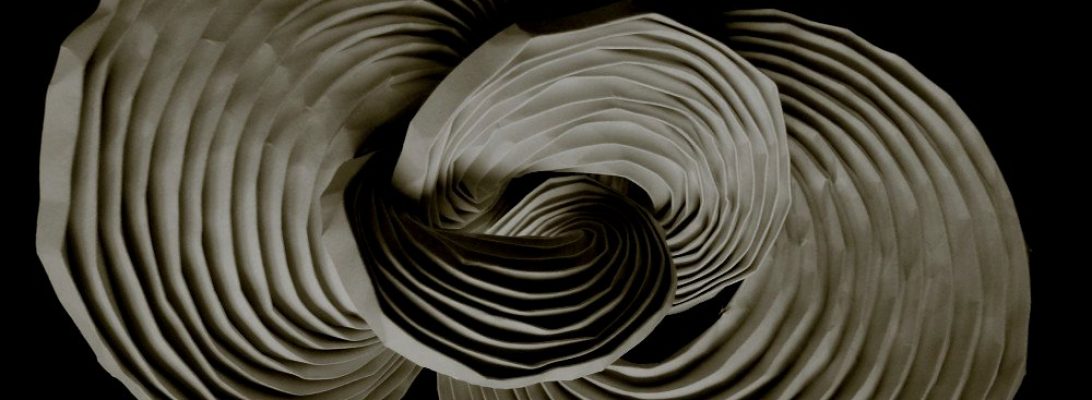1: Knock knock.
2: Who's there?
1: Amos
2: Amos who?
1: A Mosquito. <insert hysterical laughter of a little kid (me) amused by the first dad joke he can remember his dad telling him> True story.

I have bought many sheets of the most amazing paper, all dutifully stored in my “cave”. Over 10 years ago, I purchased a full sheet of black Unryushi single tissue because I HAD to have it, but having NO plan to use it.

Unryushi tissue is beautiful, painfully thin (24GSM) but gloriously adorned with visible mulberry fibres. It comes being about the stiffness of facial tissue – I misted a large window with water, rolled the sheet onto the wet glass (shiny side down) and then added a coat of MC (Methyl Cellulose) to the back side, removing air bubbles from the centre out.

Even wet, the Unryu is really strong, but to make it foldable I needed to crisp it up. I managed to cut a 60cm square, leaving a >12inch selvage for another project.
The latest Tanteidan magazine had a enthralling Mosquito design by Yoshio Tsuda and I knew I NEEDED to try it, but lots of the model is 12+ layers thick, I knew I needed some crazy thin paper … hence the Unryu. I decided to fold Version 1 of the Mozzie, knowing that Yoshio also published a crease pattern for his revised design – that will do for another day.
Continue reading










